The development of specialist high memory hooklink materials like ‘Trip Wire’ revolutionised the use of early stiff rigs, and enabled the Hinged Stiff Rig to evolve from being a good rig into an AWESOME one! Using Trip Wire enables a curve to be set into the hook section – meaning it will always aggressively twist regardless of the direction the fish approaches the hookbait. This ultimately means more hooked fish are successfully put on the bank!
With the hook bait mounted on a ‘D’ on the back of the hook the rig becomes extremely hard for fish to deal with. Why? Well, the pivot point stops the hook from turning during the ejection and keeps the hook point facing towards the fish’s bottom lip. Combined with the curved hook section and a free turning swivel the result is phenomenal!
The ‘classic’ Chod Rig uses the same hook section as the Hinged Stiff Rig, and is mounted onto a small flexi ring swivel that runs up and down an extended helicopter rig – moving freely up to a point set by the positioning of a small piece of 0.5mm silicone tubing and Covert Safety bead on the leadcore leader during the cast. As the lead flies through the air, and then drops through the water the chod rig stays up near the top bead and the hook bait settles gently down over any weed and leaves so the hook bait remains clearly visible to fish feeding in the area.
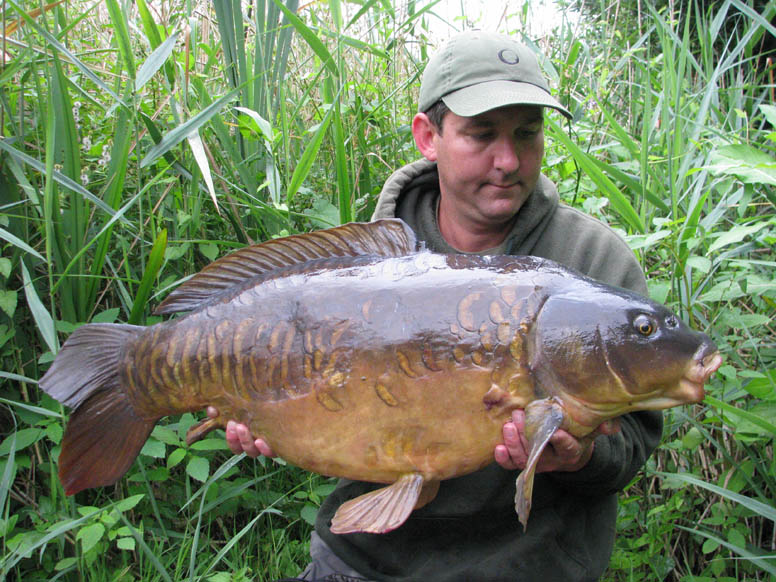
The distance from the lead up to the top bead is critical, and adjusted depending on how scruffy the lake bed is where you are casting. In light debris and low weed the stop can be as little as 12 inches from the lead, but if the weed is several feet deep the bead should be right at the top of a long Plummet leader. If in doubt fish the top bead further away from the lead.
To get the most out of the Chod rig you need to be careful how you set your bobbins. Always try to keep the line relatively slack, otherwise any added tension may pull the hook link down into the debris. Bites with a chod rig will often start out looking like a violent twitchy liner, as the fish hooks itself against the weight of the line and the Plummet leader acting against the anchor point of the lead. If the bobbin stays tight to the buzzer there’s normally a fish on the end…
How do you choose which rig to use? If you know the spots are pretty clean, use a hinged stiff link; but if the lake bed is predominantly covered in weed, leaves or algae consider using the Chod rig as the presentation will be much better and you can get your hook bait in position with fewer casts. This is especially important if you are casting at showing fish.
Making it….
What you will need.
Step 1 – Start off by threadng the Trip Wire through the eye of a Chod Hook this way.
Step 2 – Create a loop, it may need to be larger so you can whip it up the hook shank.
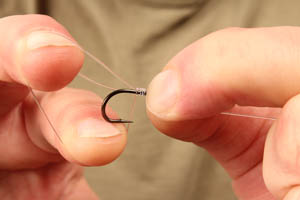
Step 3 – When it comes to drawing out excess material from the knot pull the loose tag end first and then the hook link side.
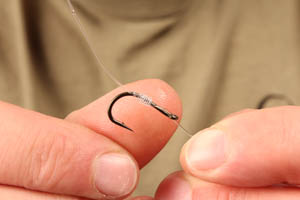
Step 4 – When tightening the knot fully stop the hook link being marked by the eye by drawing the knot tight over the end of your thumb.
Step 5 – Thread on a small Covert Rig Ring and pass the tag end back through the eye of the hook.
Step 6 – Trim excess material off the tag and blob back so you are left with a small neat D…
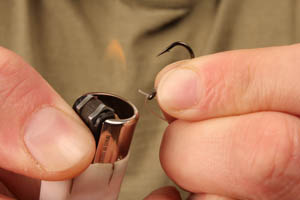
Step 7 – …that should look like this. Perfect!
Step 8 – If your tying up a choddy use a simple 3 turn blood knot with the tag blobbed to attach a size 12 Covert Flexi Ring swivel.
Step 9 – There are various opinions on how curved the end section should be, but we like it just about like this.
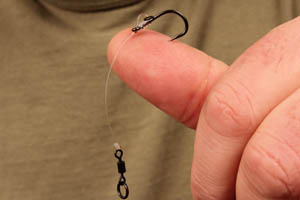
Step 10. The hinged stiff rig has the Critical Mass moulded at the base of the hook section, the chod rig shown relies on the Plummet leadcore to sink it.




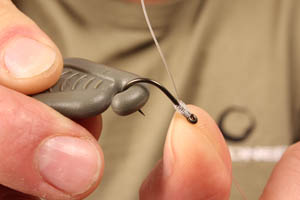
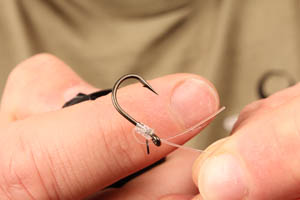

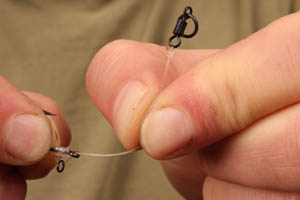



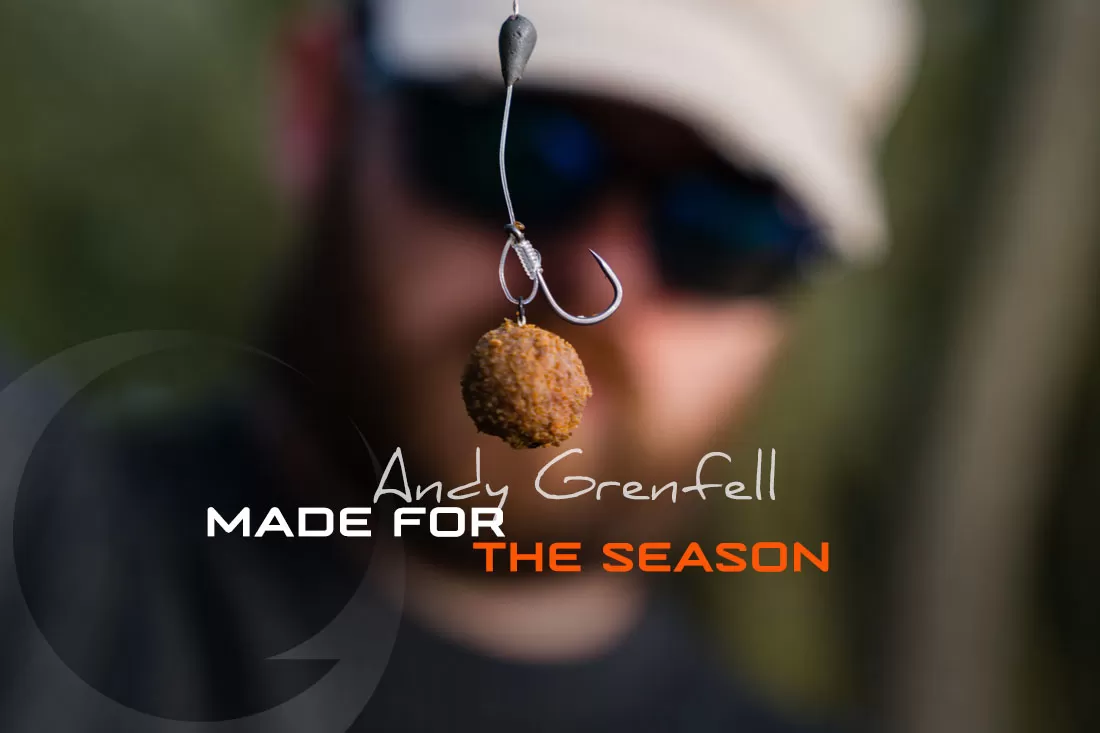
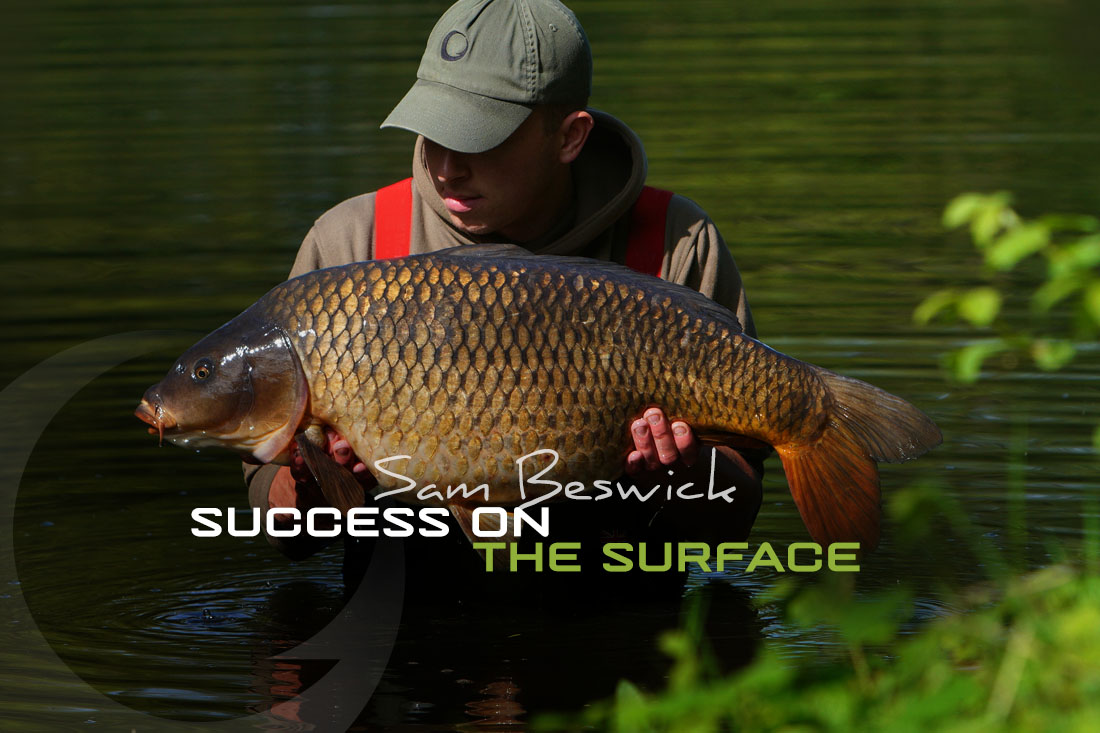

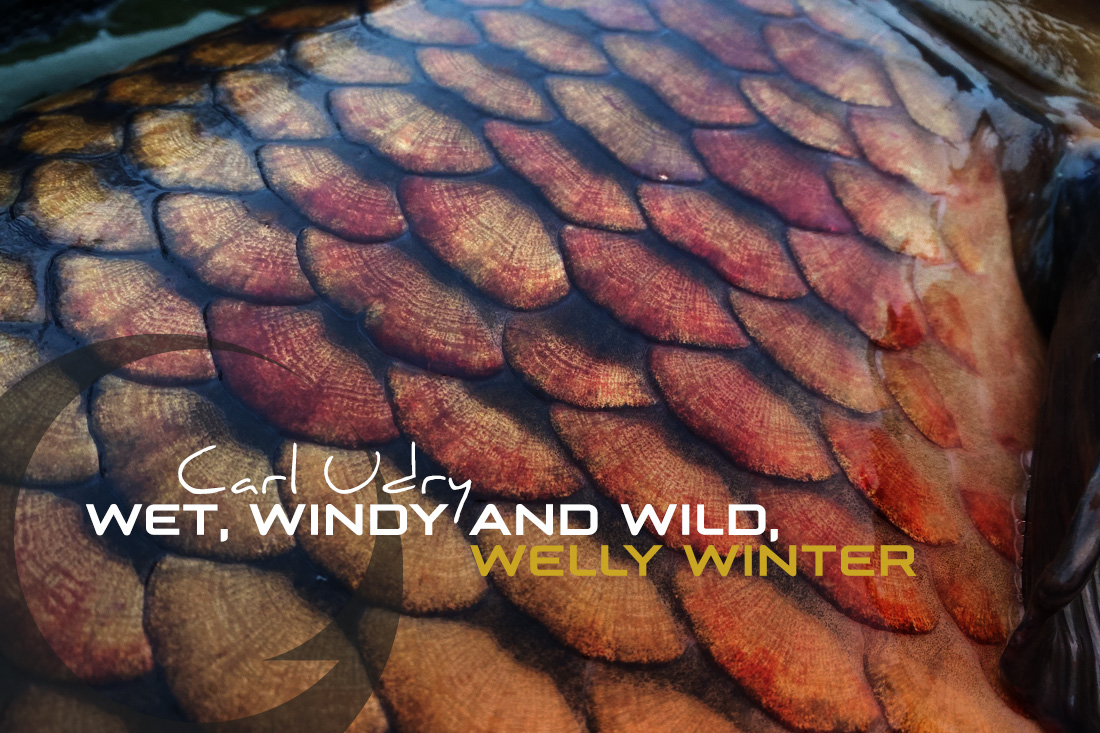
hi im fishing pine pool kingsbury its very silty,ive been told to use the hinged stiff /chod rig,ive got chods size 6 &10.could you help me with the other items I need and how best to apply them ,kind regards RATTY
Hi Kelvin,
Whilst fishing hinged stiff rigs in silt we’d recommended using a softer boom section so the hook section can settle over nice and flush to the lake bed. There’s some more information here about using hinged stiff with a soft Ultra Skin boom:
https://www.youtube.com/watch?v=Nac2boLZ_wk
It’s worth looking at a bit of this video in which Calum Kletta explains why (he is fishing in silk weed, but the points are valid to silt fishing with Hinged Stiff Rigs too) – just past 7 minutes in on this video.
Hope that this helps.
The Gardner Team